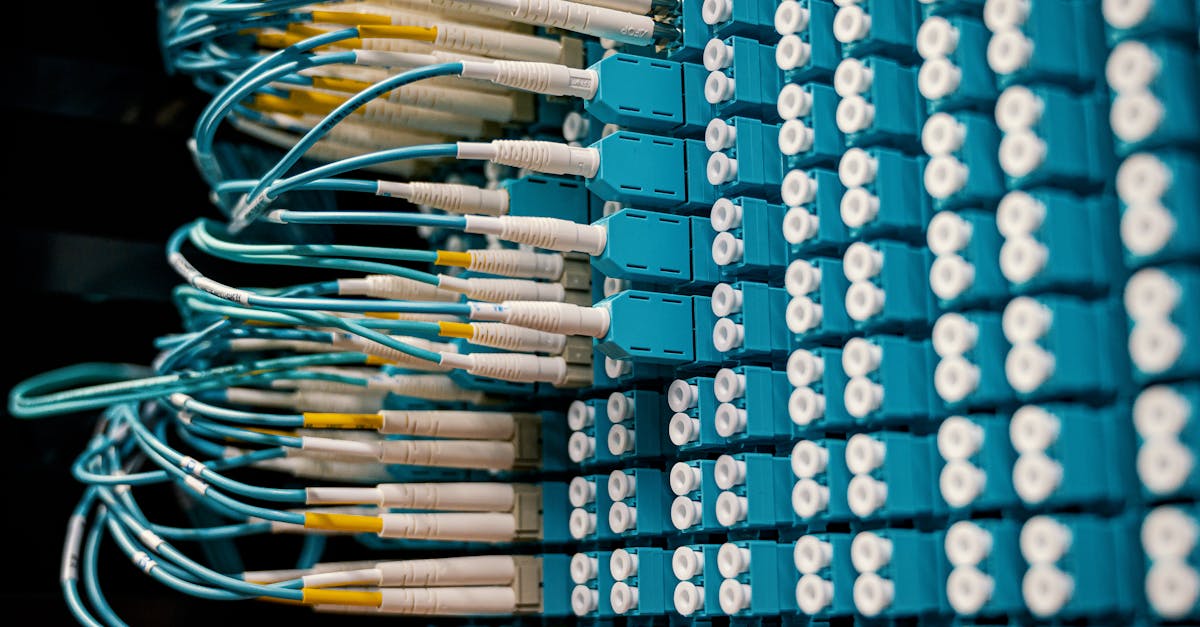Looking to jump into the world of hydroponics? We’ve got you covered with a step-by-step guide on setting up your DWC system.
Whether you’re a beginner or a seasoned grower, mastering the art of DWC can take your indoor gardening to new heights.
In this text, we’ll walk you through the essentials of setting up a Deep Water Culture system, from selecting the right materials to optimizing nutrient delivery for your plants’ growth.
Let’s get ready to transform your growing space into a thriving oasis of greenery with our expert tips on DWC system setup.
Key Takeaways
- Selecting the Right Location: Choose a spot with good lighting, consistent temperature, and easy accessibility.
- Choosing the Proper Container: Opt for a sturdy, opaque container made of non-toxic material with a lid to prevent algae growth.
- Setting Up the Air Pump and Air Stone: Ensure proper aeration by placing the air pump above water level and air stone at the bottom of the container.
- Mixing and Adding Nutrient Solution: Follow instructions carefully when mixing nutrients, maintain the correct balance, and regularly check pH levels.
- Adjusting pH Levels and Monitoring Plant Health: Regularly monitor pH levels, look out for signs of stress in plants, and take corrective action promptly.

Selecting the Right Location
When it comes to setting up your DWC system, choosing the right location is critical for your plants’ success. Here are a few key points to consider:
- Lighting: Aim for a spot with access to natural sunlight or good artificial lighting.
- Temperature: Ensure the area maintains a consistent temperature ideal for plant growth.
- Accessibility: Pick a location that’s easy to access for maintenance and monitoring.
After all, the success of your hydroponic garden starts with finding the perfect spot for your DWC system. For more information on optimal growing conditions, check out this helpful guide on indoor gardening tips.
Choosing the Proper Container
When choosing a container for your Deep Water Culture (DWC) system, opt for one that is sturdy, opaque, and spacious enough to accommodate your plants. Ensure that the material is non-toxic, as it directly interacts with the nutrient solution. Consider containers made of materials like PVC or food-grade plastic. After all, the container should have a lid to prevent light from entering the solution and causing algae growth.
To get started, check out this helpful guide on selecting hydroponic system containers for more insights.

Setting Up the Air Pump and Air Stone
When it comes to Setting Up the Air Pump and Air Stone for your Deep Water Culture (DWC) system, it’s critical to ensure proper aeration and oxygenation for your plants’ roots. Here’s what we need to do:
- Place the air pump above the water level to prevent any backflow.
- Attach tubing from the air pump to the air stone.
- Position the air stone at the bottom of the container to disperse oxygen bubbles effectively.
For a complete guide on setting up your DWC system, check out this resource on hydroponic air pump installation and another guide on selecting air stones for hydroponics.
With the air pump and air stone properly set up, we ensure that our plants receive the oxygen they need for optimal growth in our hydroponic setup.
Mixing and Adding Nutrient Solution
When mixing the nutrient solution, ensure accuracy by following the instructions on the nutrient package. Measure the components carefully to avoid overfeeding or undernourishing the plants. Maintaining the correct nutrient balance is required for plant growth.
After mixing, add the solution to the reservoir of the DWC system. Check the pH level regularly to guarantee it’s within the optimal range for absorbing nutrients efficiently.
For more detailed guidance on nutrient solutions, you can refer to this informative article on Hydroponic Nutrient Solutions.
After all, proper mixing and adding of the nutrient solution contributes significantly to the and so health and development of your hydroponic plants.

Adjusting pH Levels and Monitoring Plant Health
When setting up a DWC system, it’s important to monitor pH levels regularly. This ensures that plants can efficiently absorb nutrients from the solution. We recommend using a pH meter for accurate readings.
Maintaining the correct pH balance is critical for plant health. If the pH drifts too high or too low, it can lead to nutrient deficiencies or toxicities. Regular monitoring and adjustments are key to prevent issues.
To monitor plant health, keep an eye out for signs of stress, discoloration, or unusual growth patterns. These could indicate nutrient imbalances or other issues. Observation is required to catch problems early and take corrective action promptly.
For more detailed guidance on adjusting pH levels and monitoring plant health, refer to resources from Gardening Know How or Hydroponics Simplified.
- Why Is My Gardenia Turning Yellow? [Discover the Surprising Causes] - January 1, 2024
- Why Hydroponics Is Bad [Discover the Hidden Risks] - January 1, 2024
- Why Do Gardenia Leaves Turn Yellow [Prevent This Common Mistake] - January 1, 2024
